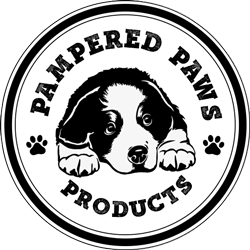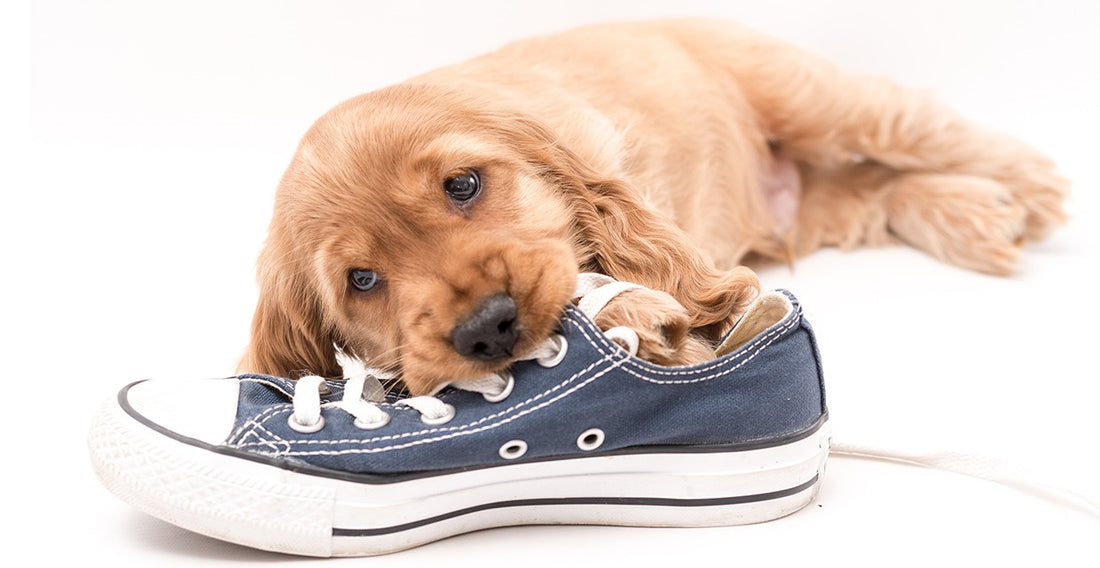Dogs love to chew, it's just a fact. Whether it's a squeaky toy, a stick, or even your favorite pair of shoes, chewing is a natural behavior for our furry friends. However, not all chew toys are created equal, and some can even be dangerous for your pup. As a responsible dog owner, it's important to understand the different types of chew toys and how to encourage safe and healthy chewing habits. In this guide, we'll explore the benefits of chewing for dogs, the different types of chew toys available, and how to choose the right one for your furry friend. We'll also delve into the dangers of certain types of toys and how to spot signs of trouble. So, whether you're a new dog owner or a seasoned pro, this guide will provide valuable insight into promoting safe and healthy chewing habits for your beloved companion.
The Importance of Chewing for Dogs
Chewing is a natural behavior for dogs, and it serves a variety of purposes. First and foremost, chewing is a way for dogs to relieve stress and anxiety. When dogs are feeling anxious or bored, they may turn to chewing as a way to cope. Chewing can also help keep your dog's teeth clean and healthy. When dogs chew, it helps to remove plaque and tartar buildup, which can prevent dental problems down the line. Additionally, chewing can help keep your dog's jaw muscles strong and healthy.
It's important to note that not all dogs have the same chewing needs. Some dogs are heavy chewers, while others may only chew occasionally. Understanding your dog's chewing habits is key to promoting safe and healthy chewing behavior. If your dog is a heavy chewer, they may need more durable chew toys to satisfy their chewing needs.
Understanding Your Dog's Chewing Habits
Before you can encourage safe and healthy chewing habits in your dog, it's important to understand their individual chewing habits. Some dogs may prefer soft chew toys, while others may prefer harder ones. Some dogs may be aggressive chewers, while others may be more gentle. Understanding your dog's individual preferences and tendencies can help you choose the right chew toys for them.
One way to gauge your dog's chewing habits is to observe them while they're chewing. Take note of the types of toys they prefer, how long they chew for, and how aggressive they are while chewing. You can also talk to your veterinarian or a professional dog trainer for additional insight.
Safe and Unsafe Chewing Materials for Dogs
Not all chew toys are created equal. Some chew toys can even be dangerous for your dog. It's important to choose chew toys that are safe and durable to prevent choking or other injuries. Avoid toys that are too small or easily breakable, as these can pose a choking hazard. Additionally, be wary of toys that are made of materials that can splinter or break off, such as bones or antlers.
Safe chew toys for dogs include rubber toys, nylon bones/toys, Sodapup or KONG toys. These toys are durable and can withstand heavy chewing. It's important to choose the right size and strength of chew toy for your dog's individual needs. For example, a small dog may need a smaller chew toy than a larger dog.

Healthy Alternatives to Traditional Dog Chews
While traditional dog chews can be a great way to promote healthy chewing habits, there are also plenty of healthy alternatives available. Rawhide chews, for example, are a popular option, but they can be dangerous if swallowed in large pieces. Instead, consider giving your dog a raw bone or a healthy bone marrow chew. These natural treats can provide hours of chewing enjoyment and are also great for dental health.
Another healthy alternative to traditional dog chews is fruits and vegetables. Carrots, apples, and sweet potatoes are all great options for dogs. These foods are high in nutrients and fiber, and they also provide a satisfying crunch that can satisfy your dog's chewing needs.

Training Your Dog to Chew Safely and Responsibly
Encouraging safe and healthy chewing habits in your dog requires training and reinforcement. Start by providing your dog with plenty of chew toys and treats that are safe and appropriate for their individual needs. When you catch your dog chewing on something they shouldn't, redirect their attention to a safe chew toy instead.
Positive reinforcement can also be helpful when training your dog to chew safely and responsibly. When your dog is chewing on an appropriate chew toy, offer praise and treats to encourage this behavior. Additionally, make sure to supervise your dog while they're chewing to ensure their safety.
Common Chewing Problems and How to Address Them
While chewing is a natural behavior for dogs, it can sometimes lead to problems. For example, some dogs may become destructive when they're bored or anxious, chewing on furniture or other household items. If your dog is exhibiting destructive chewing behavior, it's important to address the underlying cause of the behavior. Providing your dog with plenty of exercise and mental stimulation can help curb destructive chewing behavior.
Another common chewing problem is excessive chewing. Some dogs may chew on their own paws or tails, which can lead to injury. If your dog is exhibiting excessive chewing behavior, it's important to consult with a veterinarian to rule out any underlying medical issues. Additionally, providing your dog with plenty of chew toys and treats can help redirect their chewing behavior.
Chewing and Dental Health for Dogs
Chewing is an important part of maintaining dental health in dogs. When dogs chew, it helps to remove plaque and tartar buildup, which can prevent dental problems down the line. However, not all chew toys are created equal when it comes to dental health. Soft chew toys, for example, may not be as effective at removing plaque and tartar as harder chew toys.
It's important to choose chew toys that are appropriate for your dog's individual dental needs. Additionally, regular veterinary checkups and dental cleanings can help keep your dog's teeth healthy and clean.
Choosing the Right Chew Toys for Your Dog
Choosing the right chew toys for your dog is key to promoting safe and healthy chewing habits. When selecting a chew toy, consider your dog's individual needs and preferences. For heavy chewers, choose durable toys that can withstand heavy chewing. For dogs with dental issues, choose toys that are designed to promote dental health.
It's also important to choose chew toys that are appropriate for your dog's size and strength. Avoid toys that are too small or easily breakable, as these can pose a choking hazard. Additionally, be wary of toys that are made of materials that can splinter or break off, such as bones or antlers.
Conclusion
Chewing is a natural behavior for dogs, and promoting safe and healthy chewing habits is an important part of responsible dog ownership. By understanding your dog's individual chewing habits, providing safe and appropriate chew toys, and training your dog to chew safely and responsibly, you can help prevent dental problems and promote overall health and wellbeing for your furry friend. With the tips and insights provided in this guide, you'll be well-equipped to choose the right chew toys and promote safe and healthy chewing habits for your beloved companion.
Looking for some strong chew toys? Take a look at our Power Chewers collection.

